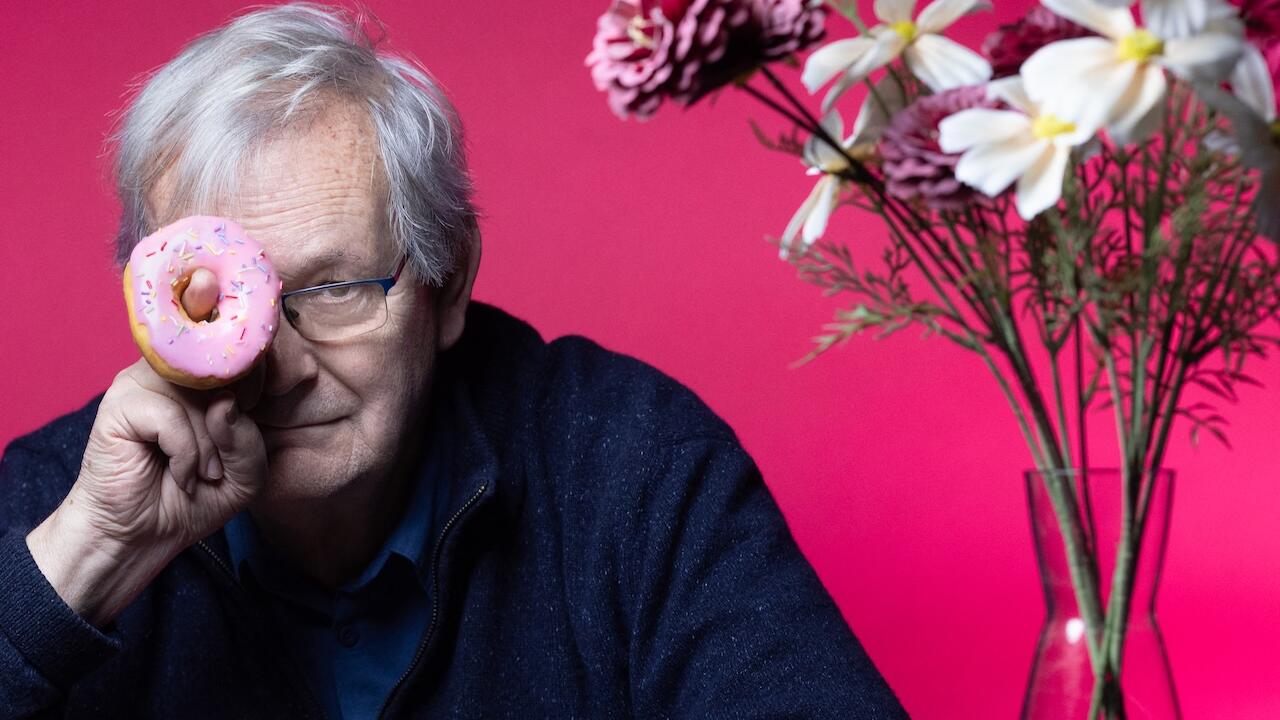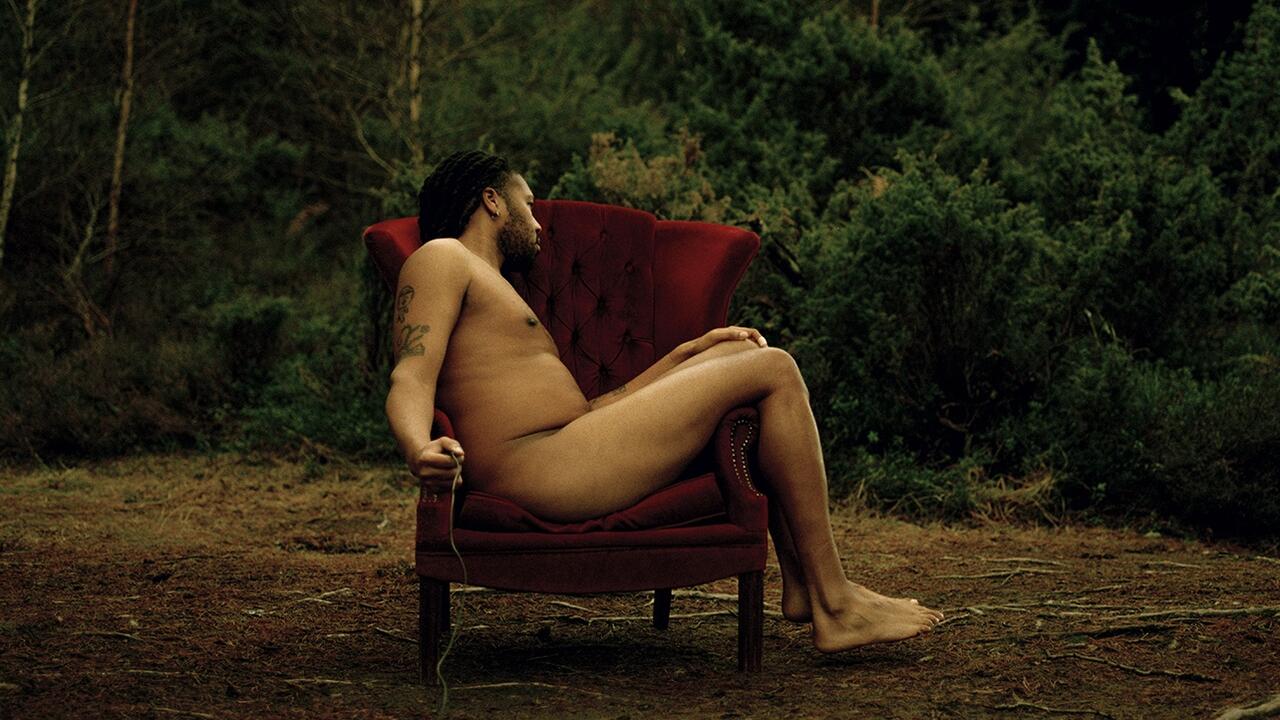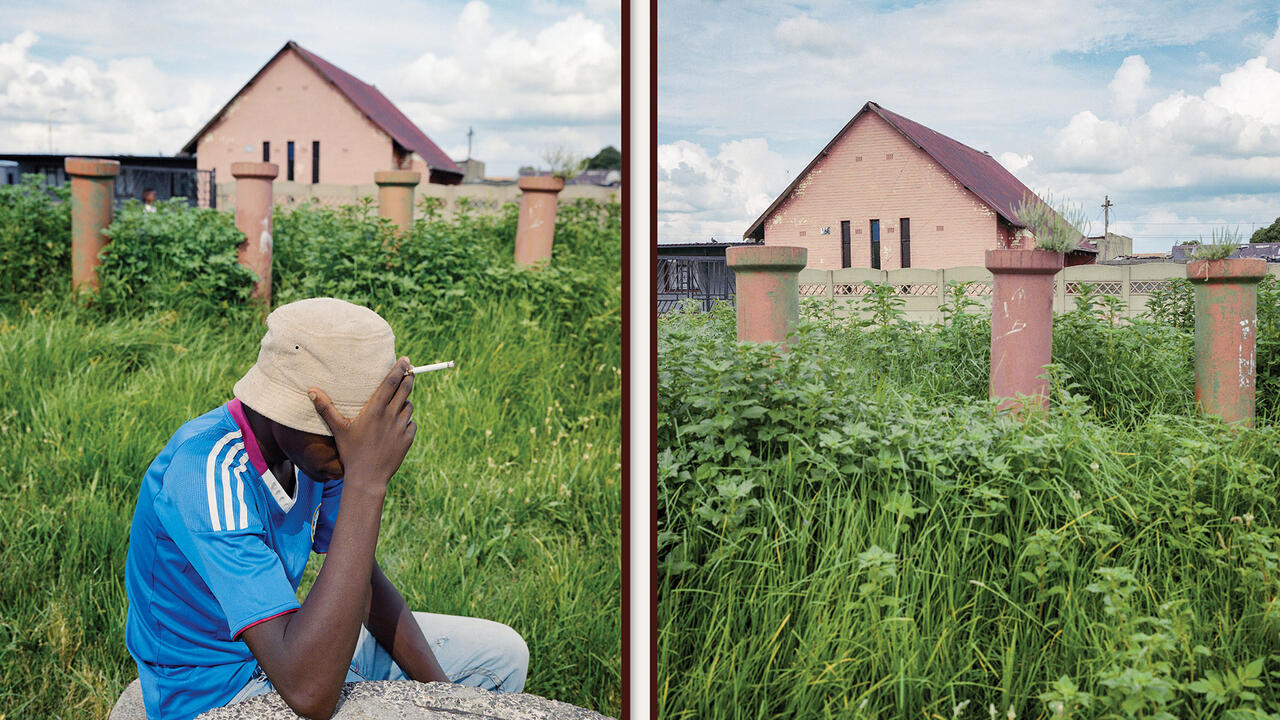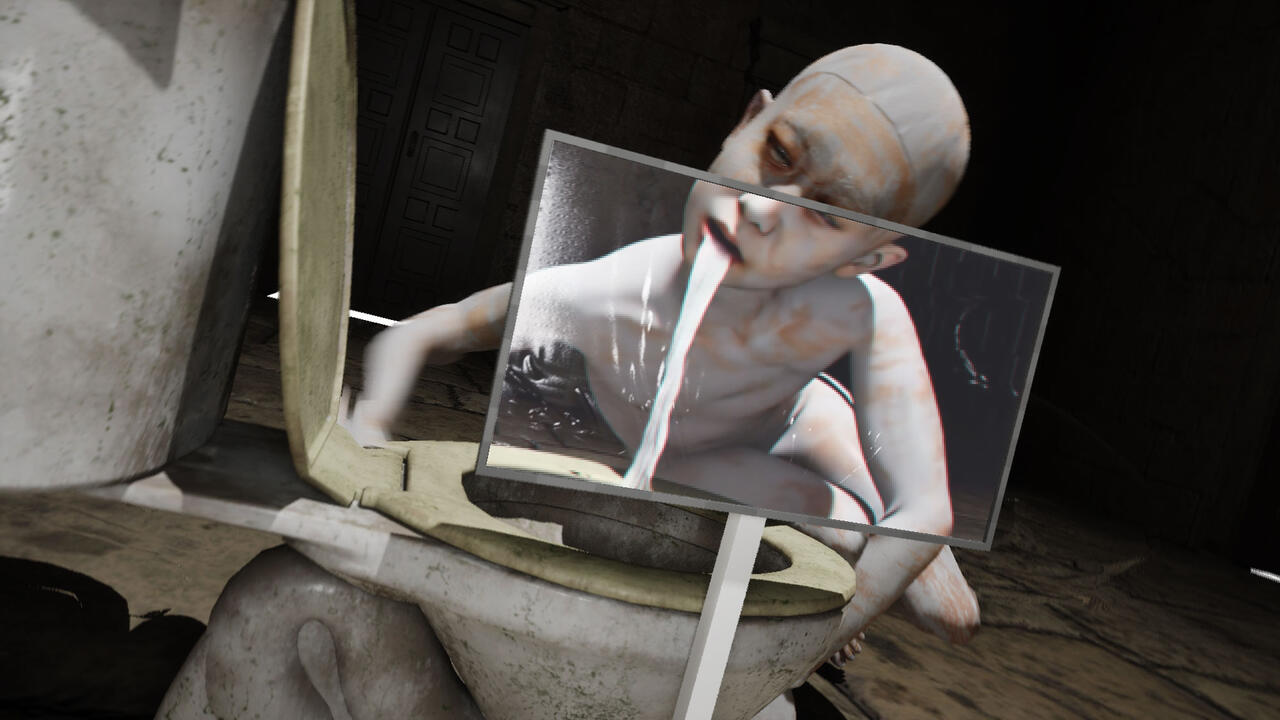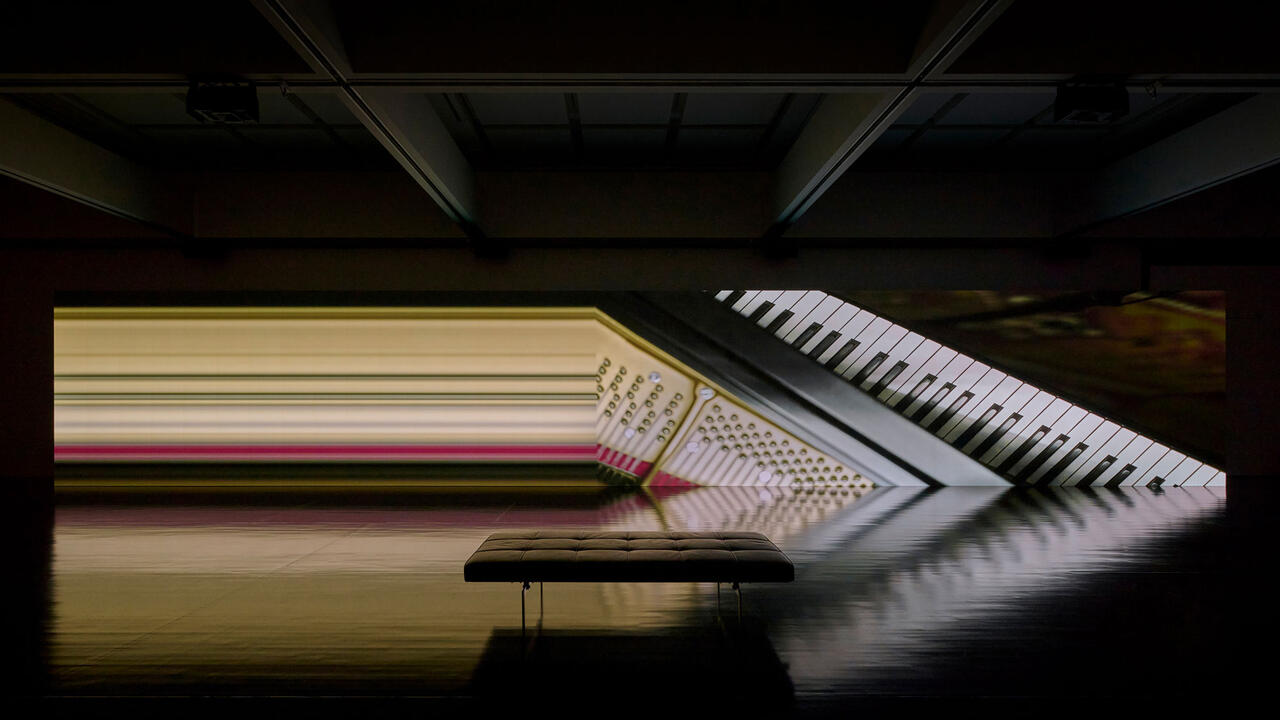Who, Me?
Narcissism is back in fashion
Narcissism is back in fashion

It may come as a surprise, but narcissism was facing extinction by 2013. That’s when the fifth edition of the Diagnostic and Statistical Manual of Mental Disorders – also known as the DSM–V – was due to appear without its traditional entry on the Narcissistic Personality Disorder (NPD). Published by the American Psychiatric Association, the manual is the reference for American practitioners (the rest of the world relies on the World Health Organization’s International Classification of Diseases). In the current DSM–IV (1994), NPD is one of ten personality disorders. But in the forthcoming edition, these were to be reduced to only five basic types: antisocial, avoidant, borderline, obsessive–compulsive and schizotypal.
In The New York Times, the Harvard psychiatrist Dr. John Gunderson called the change ‘draconian’. It seems to be part of the American trend to make mental disorders biological (and thus treatable with drugs) instead of relying on old psychoanalytic terms and the traditional talking cure, which even Freud once described as ‘interminable’. Last summer, the American Psychiatric Association must have buckled under the pressure; according to its website, narcissism has been saved from woblivion and is back in the mix of personality disorders for the next edition of DSM–V.
For narcissists, it’s a victory they may be hard-pressed to acknowledge (‘Me? A narcissist?!’). I find the volte-face dismaying, not because I’m for prescribing drugs and against talking cures. You don’t need to be a psychiatrist or a psychoanalyst to see that narcissism has shifted from a pathological condition to a norm, if not a means of survival. Melancholy also shifted historically from a medical illness to a state of mind. But narcissism appears as a necessity in our society of the spectacle, which runs from Andy Warhol’s ‘15 minutes of fame’ prediction through reality TV and self-promotion to today’s YouTube hits. While the media and social media played a role in normalizing narcissism, photography has played along with them. We exist in and for society, only once we have been photographed. The photographic portrait is no longer linked to milestones like graduation ceremonies and weddings, or exceptional moments such as vacations, parties or even crimes. Photography has become part of a daily, if not minute-by-minute, staging of the self. Portraits appear to have been eclipsed by self-portraits: tweeted, posted, shared.
A brief historical review of attitudes towards narcissism and self-portraiture may be in order. According to Greek mythology, Narcissus was the man who fell in love with his reflection in a pool of water. According to the DSM–IV, 50–70 percent of those diagnosed with NPD are men. But according to my upbringing in Canada, looking at one’s reflection in a mirror for too long was a weakness particular to the fairer sex and an anti-social taboo. I recall doubting Cindy Sherman’s ‘Untitled Film Stills’ (1977–80): wasn’t she just a narcissist taking pictures of herself all day long? At least she was modest enough to use a remote shutter trigger. By contrast, Helmut Newton had openly displayed his camera when he captured his reflection in a bathroom mirror for Self-portrait, Lenox Hill Hospital, New York City (1973). Then again, the exceptional situation – his naked body hooked up to wires for an electro-cardiogram – made the self-portrait look like a moment of documentation.
There’s no modesty about staging the self in Patty Chang’s Fountain (1999), although this work is a video and not a photographic self-portrait. A modern-day Narcissus, Chang gazes into a mirror covered by a thin layer of water and can’t stop licking it all up. Digital narcissism has recently gained attention in the popular press with Gabriela Herman’s portrait series ‘Bloggers’ (2010–11), which captures bloggers gazing into their glowing screens alone at night. But closer to our narcissistic norm are Wolfram Hahn’s portraits of people taking pictures of themselves (‘Into the Light’, 2009–10) or Joan Fontcuberta’s book A través del espejo (Through the Looking Glass, 2010), a collection of online images of self-portraitists posing with their cameras.
Unabashed self-portraiture has a purely formal side, which seems to have escaped recent discussions about photography. Today, no one bothers to use the remote shutter trigger or even the camera’s timer to make a self-portrait. We contemporary narcissists – me, myself and I – simply hold the camera or the phone in front of our faces and push the button. But this approach has led to a profound shift in the vanishing point, which has historically been understood as a point disappearing on the horizon in a landscape, whether drawn, painted or photographed. What disappears today is the hand of the photographer, holding the camera and aiming it at himself. While the hand lies outside the frame, the outstretched arm seems to vanish into the foreground. The vanishing point is not outside in the world and off in the distance, but on our own bodies. If we once directed our gaze outwards, we now look inwards and invite the world to watch as we lose ourselves.









